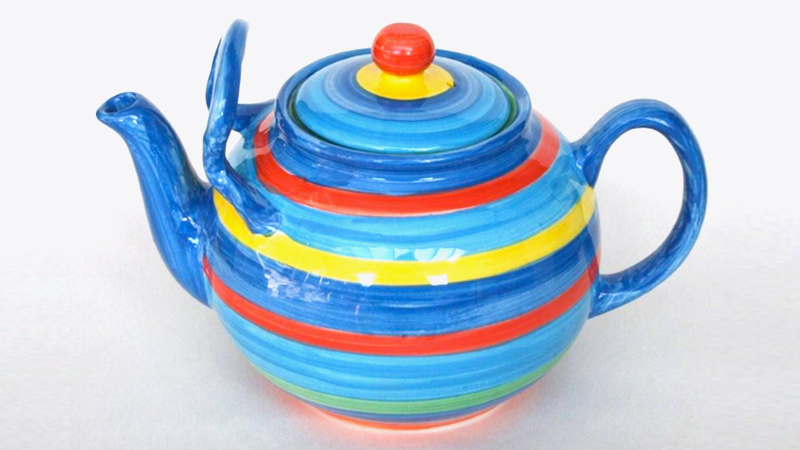I have spent the last 5 years championing the role good product design can play in improving people’s lives as they get older. Last month, I spent a week clearing out the house of my mother in law who died in January and unearthing all sorts of “useful” assistive products which had been designed to “make life easier” but which had mostly been abandoned.
The process made me pause for thought as to how such products are recommended and bought and why they were ultimately discarded. Why do we not use “useful” products and worst still, hide them away?
My mother-in-law, Clare owned a range of assistive technology products, probably not untypical for a 79 year old with several health conditions, including diabetes, which compromised her mobility.
Never Seen the Light of Day
Under this category, we have the reacher. I found this right at the back of the understairs cupboard. Enough said.
We also have here the perching stool. I am not sure where this came from and on the face of it, it is a sensible and practical piece of equipment. But for whatever reason, it was buried under clothes in an unused bedroom.
Hazardous
Under this category, I would put the recliner chair. To be fair, this was not a chair specifically designed for older people but was a favourite piece of “mainstream” furniture. However as Clare’s mobility decreased, the soft white leather became a slippery hazard which more than once sent her tumbling to the floor.
Well meaning but impractical
This is the graveyard category of many assistive products, the well meaning but ultimately unhelpful aid. Here we have the triangular support pillow – bought by us on the recommendation of a paramedic who came to assist after one of a series of falls but useless to someone unable to reposition themselves in bed. Also, we have the walking frame prescribed by the NHS Occupational Therapist before discharge from hospital. This equipment proved unuseable in a cluttered home with rugs and a small dog for someone who, by then, did not have sufficient core strength to get upright.
Good but with limitations
The bed rail was another piece of equipment which arrived via social care. This was found lodged at an angle as whilst it undoubtedly prevented Clare falling out of bed, it also prevented her accessing her bedside table and lamp.
Also we have under this category the long handled personal care products which we bought her to help her wash her back and her hair. The limitation was that Clare did not much like the look of them and was dismayed to receive them as a gift when she would much rather have had a new handbag!
Essential but with limitations
Clare’s Carelink alarm proved vital as she became more infirm. However, as she became older, she also became more forgetful and would often forget to put on the alarm button necklace or lose it altogether. Also, as a telecare product, the Carelink alarm is very basic. We would often get a phone call late at night telling us she had pressed the button and had been taken to hospital without knowing how serious her condition was and whether to rush into the night for the 50 minute drive to the hospital.
The adapted shower installed by the Housing Association was also an essential piece of kit, albeit of a very clinical design. However, as Clare gradually became more immobile, she also became resistant to help with personal care, so the shower remain unused for much of the time, creating the illusion, rather than the fact of, independence.
Quietly essential
The unsung heroes of Clare’s assistive equipment were the sturdy bannister rails installed by her son in law either side of the stairs. Used daily and probably without much thought, these rails were crucial in ensuring she could use the stairs and ultimately remain at home.
I would also put Clare’s own walking stick in this category. (The aluminium NHS-prescribed stick was relegated to behind the door soon after it arrived.)
Much loved
The one piece of equipment that Clare truly loved was her red mobility scooter Although it was arguably the most stigmatising of all of the products and the battery died on more than one occasion leaving her stranded, it gave her back some of the independence she had lost when her mobility started to decline and most importantly got her out of the house and to coffee meetings with friends and to services at her Church.
So, that is our list. Is it typical, I wonder? We did not act without advice. There were many and varied inputs by professionals including social services, occupational therapists from the housing association and the NHS and informal advice from mobility stores. Yet the assessments always seemed to be about what was going on now, not what was likely to happen in a year’s time so we were always playing catch up at best and responding to a crisis at worst.
Ultimately, the equipment Clare most liked was that she bought herself. Is that the same for everyone?
Do you agree? Let us know your thoughts and experiences by posting a Comment below.

